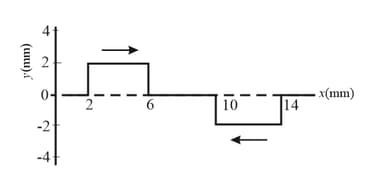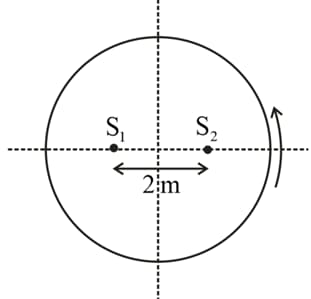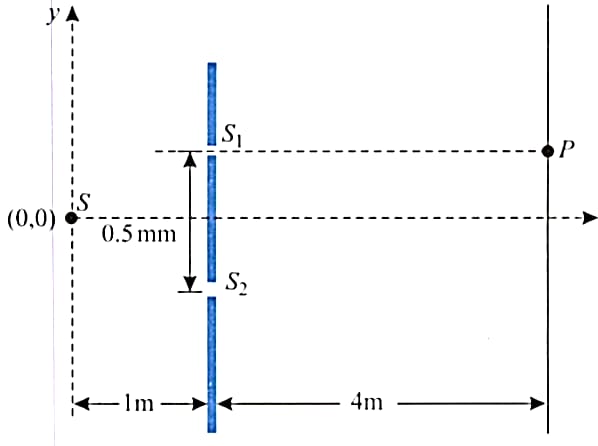Principle of Superposition of Waves
Principle of Superposition of Waves: Overview
This topic covers concepts such as Superposition of Waves, Principle of Superposition of Waves, Interference of Waves, Condition for Constructive Interference, Condition for Destructive Interference, Interference of Waves on String, etc.
Important Questions on Principle of Superposition of Waves
Equation of resultant wave on string after interference :-
(iii) Two waves and are interfering one another. What will be the resultant amplitude.
Equation of resultant wave on string after interference :-
(ii) The amplitude of two interfering waves are respectively if the resultant amplitude is . The interference becomes.Equation of resultant wave on string after interference :-
(i) The amplitude of two interfering waves are respectively. The resultant amplitude in case if consructive interference.
Draw the graph of destructive interference pattern on string.
What is constructive interference on string?
An organ pipe open at both ends produces:
The disturbances produced by two sound sources cannot be cancelled as the disturbance by each wave is added.
What do you understand by principle of superposition of waves?
The maximum intensity of fringes in Young's experiment is . If one of the slit is closed then, the intensity at that place becomes . Which of the following relations is true?
Three waves of equal frequencies having amplitudes and arrive at a given point with successive phase difference of The amplitude of the resulting wave in is given by,
Two waves are passing through a region in the same direction at the same time. If the equation of these wave are
,
then the amplitude of the resultant wave for is,
The equations of two interfering waves on the string are given below:
Where , , . Find the amplitude of the resultant wave.
State and explain the principle of superposition of waves.
Figure shows two wave pulses at travelling on a string in opposite directions with the same wave speed . Point the values on graph for the string at and .

Matter waves after leaving the source, spread out in all the directions.
Two-point sources separated by are radiating in phase with . A detector moves in a circular path around the two sources in a plane containing them. How many maxima are detected?

Figure shows a Young’s double slit experiment setup. The source of wavelength oscillates along axis according to the equation , where is in millimeters and is in seconds. The distance between two slits and is .

In Young's double slit experiment, the intensity of light coming from one of the slits is double the intensity from the other slit. The ratio of the maximum intensity to the minimum intensity in the interference fringe pattern observed is
Two waves are described by the equations:
And
Here x and y are in m and t is in s.
The number of maximum heard in one second will be
Intensity and phase of three sound wave reaching at some point in space is and and respectively. Resultant intensity at that point will be -
